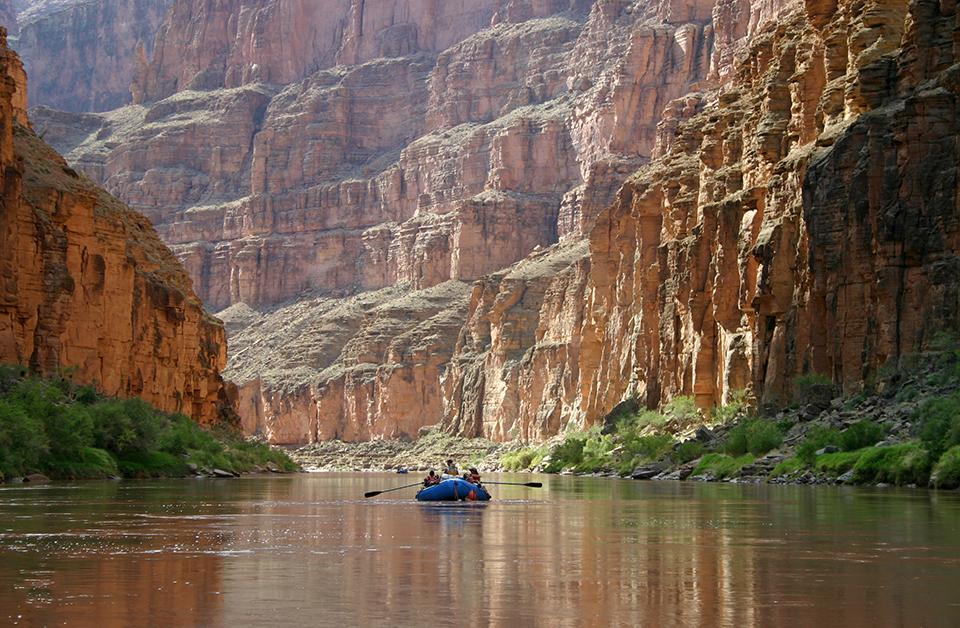
Boaters and campers along the Colorado River through Glen and Grand canyons are urged to exercise caution due to water fluctuations this summer 2021 / National Park Service
Planning a trip along the Colorado River? The National Park Service, along with the Bureau of Reclamation, USGS, and Western Area Power Administration are cautioning visitors camping or boating along the Colorado River through Glen and Grand Canyons of unscheduled fluctuations in water release which may occur without notice throughout the 2021 summer months. These releases from Glen Canyon Dam could happen throughout the summer to help aid increased energy demands, causing sudden changes to the river’s flow. Vessels should be secured to withstand potential changes in water levels and campers should avoid setting-up camp where a sudden river rise could reach tents or other camping supplies.
Hydropower is unique in its ability to respond almost immediately to increased energy demand, and fluctuating water releases to meet that demand are common. This is especially useful during energy emergencies where surplus generation can be quickly dispatched and delivered to mitigate the effect of rolling outages and stabilize the electric grid.
Sudden changes in river water flows can occur if a hydroelectric dam is called on to quickly generate power. This typically occurs during extreme weather events, such as heat waves and polar vortexes, and during natural disasters that may hinder access to other forms of electric generation, such as tornadoes, wildfires, hurricanes, earthquakes and more. Because these situations evolve rapidly, there may be little advance notice of changing water releases from the dam. If you plan to recreate along a river's edge below a hydroelectric dam, you are encouraged to stay aware of local and regional weather conditions and take immediate action to protect yourself and your belongings if you notice changes in water flows.
Glen Canyon Dam operations remain flexible, as described in the 2017 Operating Criteria for Glen Canyon Dam, to adjust for power system emergencies when existing power generation resources cannot meet electricity demands. Increased water releases usually last one or two hours but could last longer.
As a critical piece of water and power infrastructure for the western United States, Glen Canyon Dam provides reliable energy and operates up to its maximum power plant capacity in response to regional power demands. For more information and current status, visit the Bureau of Reclamation's Glen Canyon Dam webpage.



Add comment